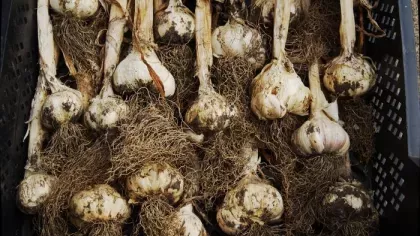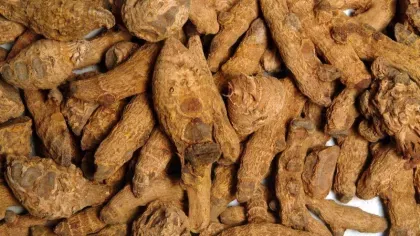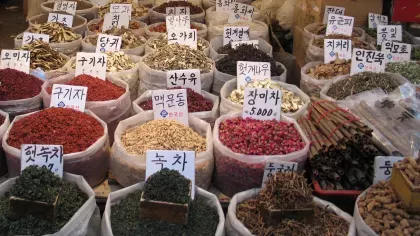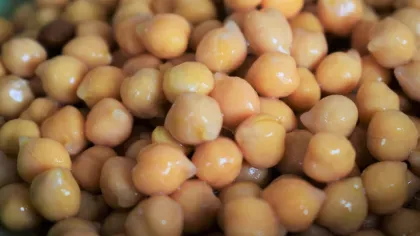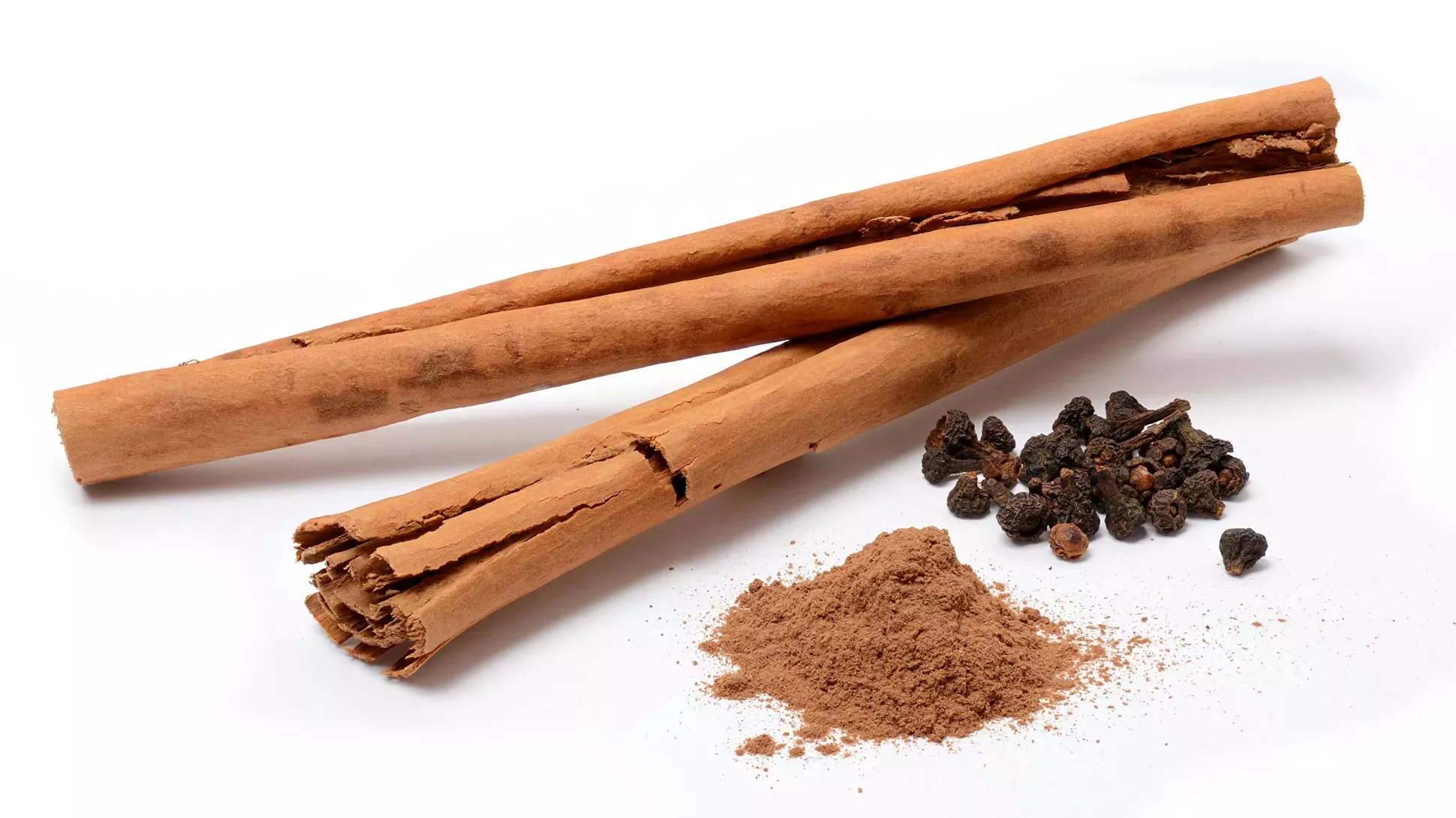
Cinnamon
On this page
Cinnamon is a festive favourite, found in everything from Christmas pudding and mince pies to mulled wine.
The fragrant spice comes from the inner bark of the Sri Lankan cinnamon tree (Cinnamomum verum) and is used in sweet and savoury foods worldwide.
Other members of the genus Cinnamomum are also used to create spices, such as cassia from Cinnamomum cassia, and Indonesian cinnamon from Cinnamomum burmannii.
Cinnamon has been grown and used for centuries. Ancient Egyptians used it in their embalming process, and medieval physicians used it in medicines to treat coughing and sore throats.


Plant description
A small evergreen tree with glossy leaves that are bright red when young and turn green with age. The flowers are small and yellowish or greenish white, and the fruits are round and brown or black.
Plant uses
Beauty and cosmetics
Cinnamon has been used as an ingredient in oils and perfumes.
Food and drink
The culinary spice, cinnamon, is sold in the powdered form or as tightly rolled ‘quills’ of bark.
Its rich, spicy flavour makes it a popular ingredient in many Christmas recipes, including Christmas cakes, Christmas pudding, mince pies, cinnamon shortbread, lebkuchen, mulled wine and glühwein.
Cinnamon is incredibly versatile, it is used in sweets, dessert and savoury dishes, spice mixes, and mulled wine. In Europe it is mostly used in confectionery and baked goods, whilst in the Middle East it is common in meat dishes such as Moroccan tagines.
An essential oil extracted from this plant, cinnamon bark oil, is also used in cooking.
Health
Cinnamon was used by medieval physicians to treat coughing and sore throats.
Cinnamon bark oil has antiviral and antifungal properties, and cinnamon extract has been used to relieve digestive discomfort in Eastern and Western traditional medicines for centuries.
Did you know?
This species is sometimes referred to as true cinnamon to distinguish it from the similar, less expensive, and lower quality spice cassia. Cassia is prepared from relatives of cinnamon: Cinnamomum cassia and Cinnamomum burmanni.
In order to harvest cinnamon, two to five-year-old trees are cut back to a stump which causes them to start growing like a bush and produce new shoots. These shoots are harvested and stripped of their outer bark. The inner bark is then polished, stretched, layered and hand-rolled into quills that are trimmed and dried.
From dried cinnamon bark, or quills, come quillings (smaller pieces 5 to 20 cm long), featherings (small, twisted pieces), chips (trimmings of bark or quills), and powder (from different grades of bark).
Where in the world?

Wet tropical regions
Find it in our gardens
Kew Gardens
A botanic garden in southwest London with the world’s most diverse living plant collection.
Location
Temperate House, Asia
View map of Kew Gardens